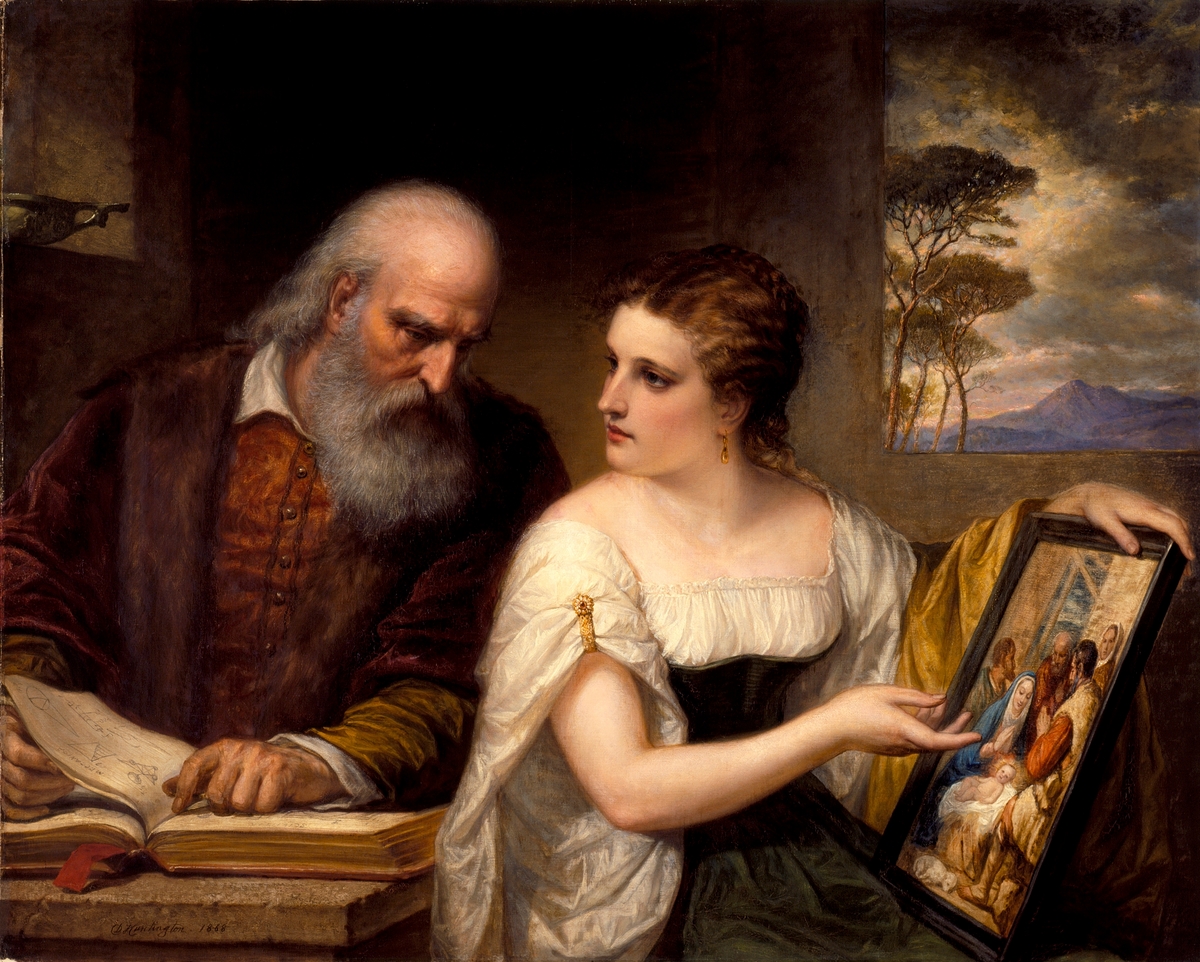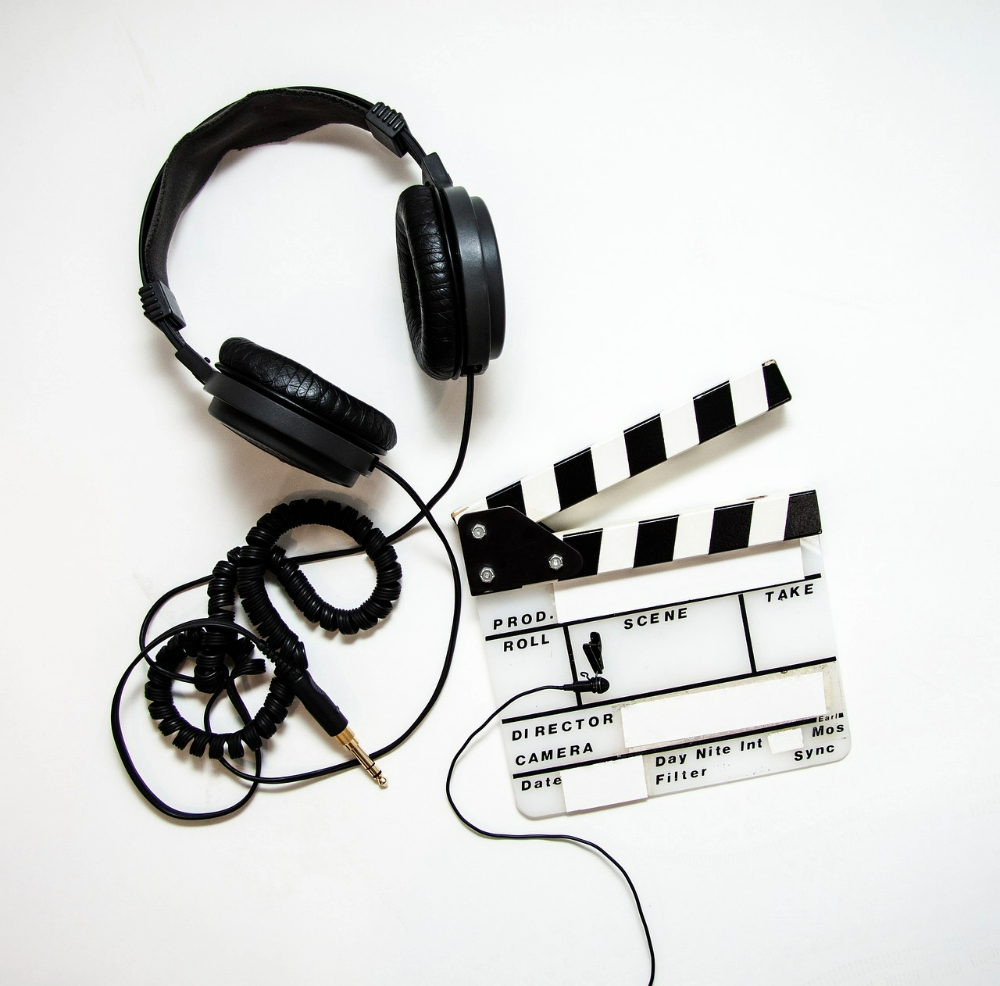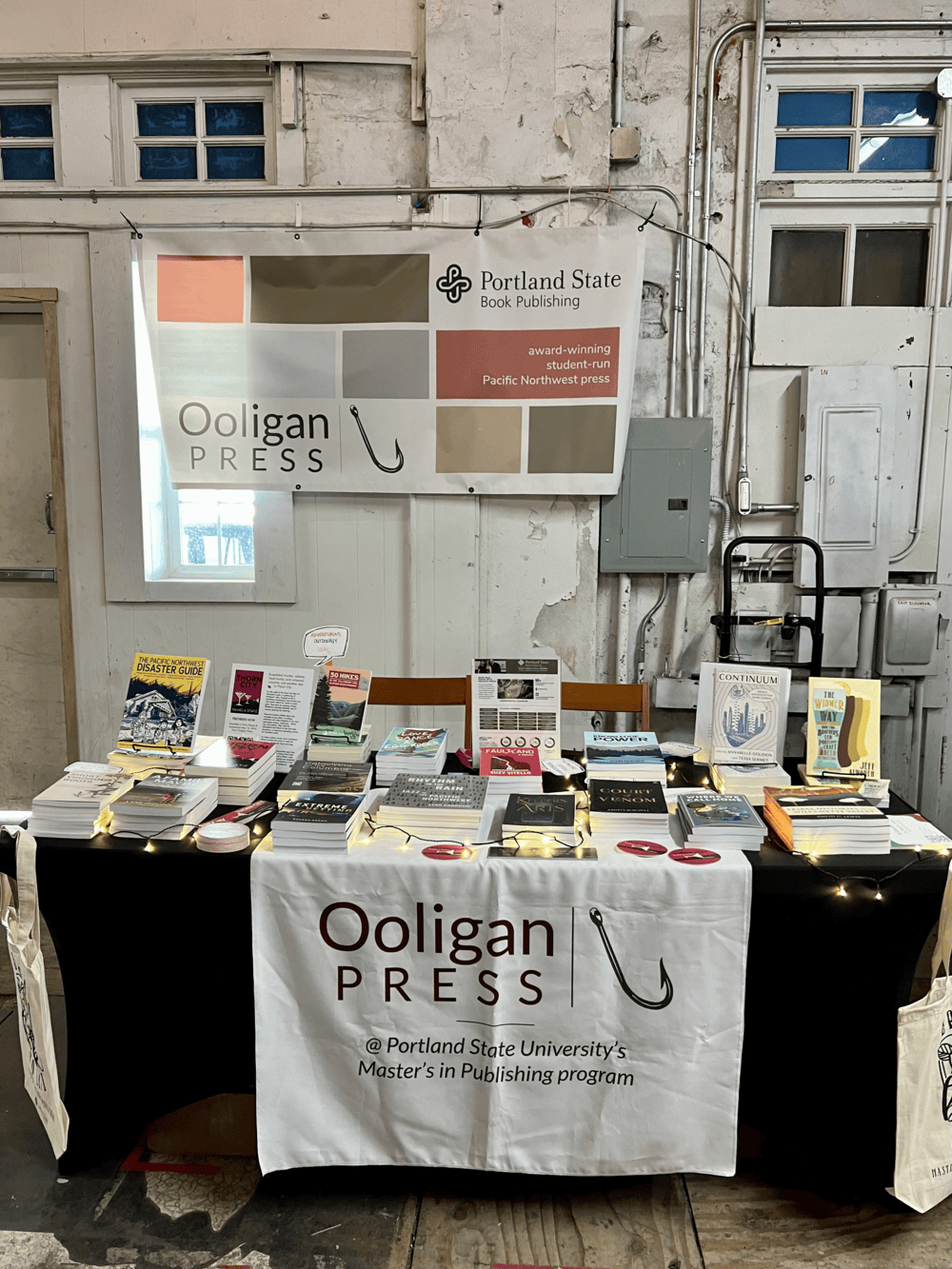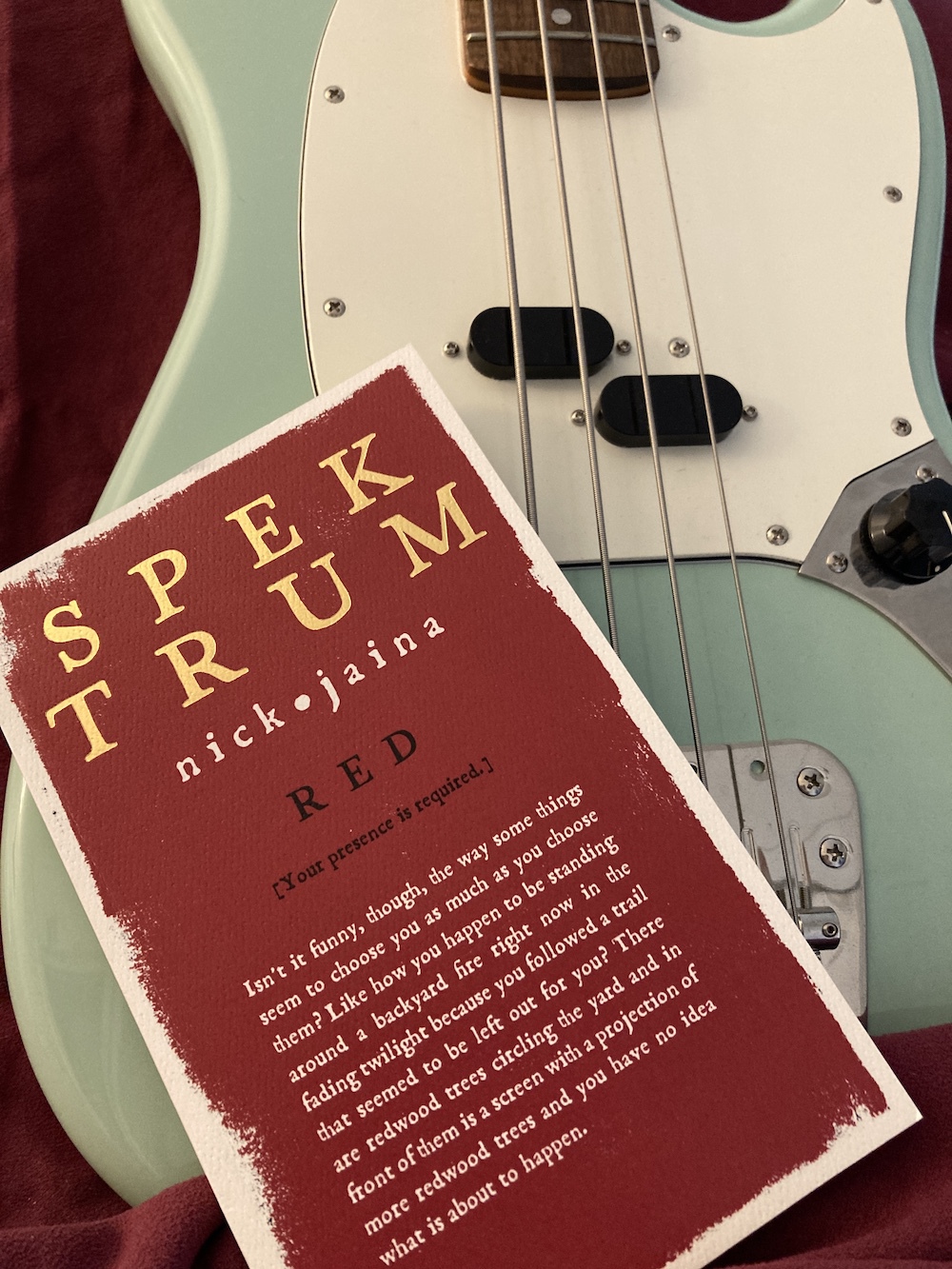Backlist Spotlight: Marketing Post-Publication
In the spring of 2025, there was a gap in our publication schedule while a project team waited to acquire their next manuscript. We took this opportunity to prioritize backlist marketing. . . . Quickly we realized there was room to improve our overall backlist marketing system.










